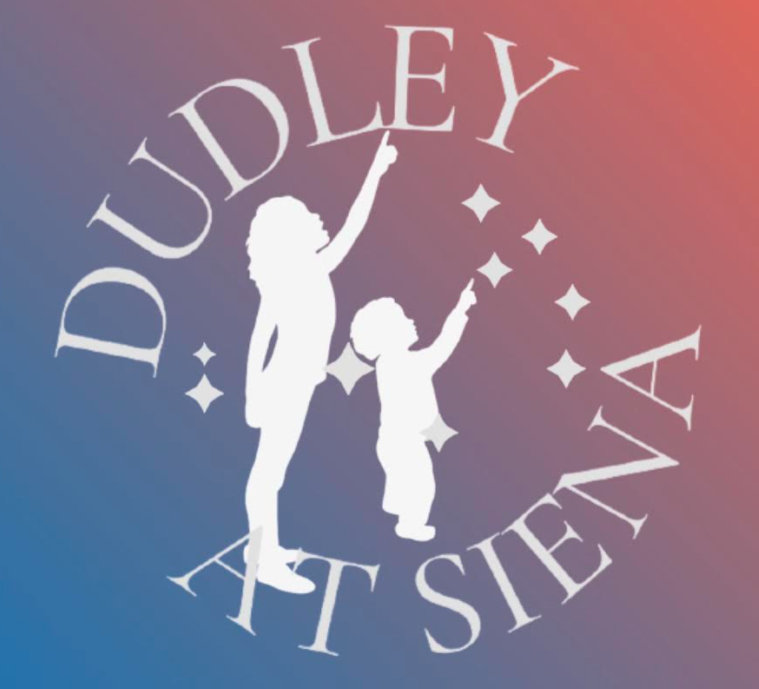Skywatch Line for Wednesday and Thursday, October 8 and 9, 2025, written by Alan French
This is Dudley Observatory’s Skywatch Line for Wednesday and Thursday, October 8 and 9, 2025, written by Alan French.
The Sun rises at 7:01 A.M. on Wednesday and sets at 6:24 P.M. On Thursday it rises at 7:02 A.M. and sets at 6:22 P.M. Thursday lost 20 minutes of daylight compared to last Thursday.
The Moon was full on Monday and is now moving toward last quarter. On Wednesday a waning gibbous Moon rises at 7:00 P.M. toward the east northeast. By 9:30 P.M. a 94% sunlit Moon will be 25 degrees above the eastern horizon. A slightly slimmer Moon, 93% sunlit, will be high in the south, 68 degrees above the horizon, at 2:31 A.M. Thursday. The Moon will set at 10:18 A.M. in the northwest.
Thursday’s Moon rises at 7:36 P.M. toward the northeast. At 9:30 P.M. it will be 18 degrees above the horizon. The sunset line has moved farther across the visible face of the Sun, and it will be 87 ½% in sunlight. It will be in the south, 60 degrees above the horizon, and 86% sunlit at 3:32 A.M. Friday, and set at 11:41 A.M.
Saturn now rises around 5:45 P.M. and is just over 35 degrees above the southeastern horizon by 9:30 P.M., well placed for observing. It is due south, highest around 11:35 P.M., when it will be around 44 degrees above the horizon. In a month the ringed planet will be due south and highest around 8:30 P.M.
The Earth moved through Saturn’s ring plane on March 23 this year, but Saturn was only 10 degrees from the Sun, too close to be observed. Although the rings are best seen and most impressive near their maximum tilt of about 27 degrees, it is interesting to see the rings around ring crossing. Tonight, they are tilted 1 ¼ degrees, with their south face toward us. During the coming weeks the ring tilt will be decreasing, reaching a minimum of 0.37 degrees on November 24 and 25. Then the tilt will start increasing again, reaching 1 ¼ degrees again on January 10.
Saturn’s rings will next be at their maximum tilt in 2032. The Earth will not pass through the ring plane again until October 15,2038 and will not pass through the ring plane when Saturn is well placed in the night sky until April 2, 2039.
With Saturn appearing higher earlier in the evening and the ring tilt decreasing, it will be interesting to follow the planet and its moons during the rest of the year. Titan and Rhea are the easiest to see with a telescope. Both are visible in small telescopes, Titan in about 60mm aperture and Rhea in an 80mm scope.
At 9:30 P.M. Wednesday Rhea will be just east of the planet and brighter Titan will be well to the west. Rhea will be a little less than half a ring diameter away from the eastern ring tip. Titan will be 3 ½ ring diameters from the western ring tip.
On Thursday at 9:30 Titan will be a little farther to the west, about 4 ring diameters away from the ring tip, and Rhea will be a little more than one ring diameter to the east of the rings. If you could not spot Rhea Wednesday, you may have better luck Thursday.
